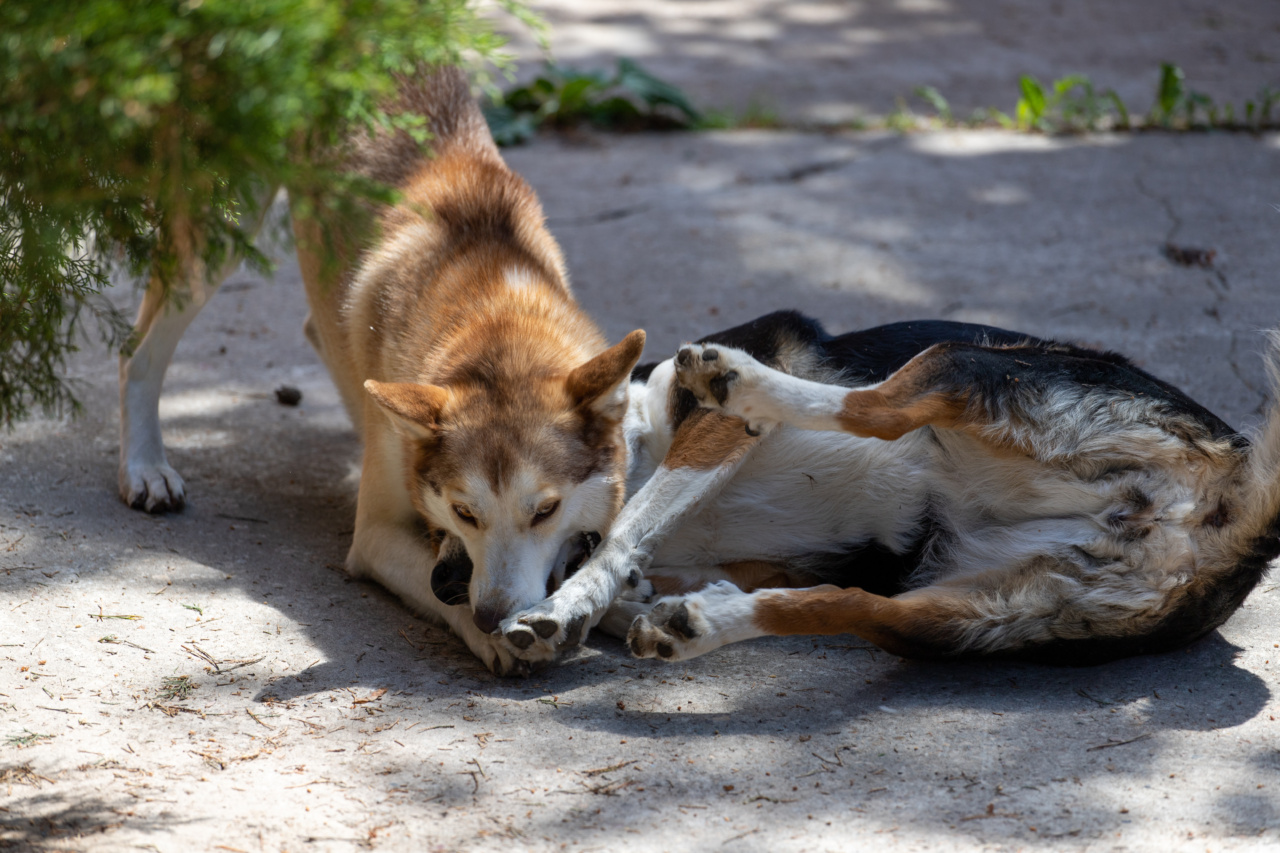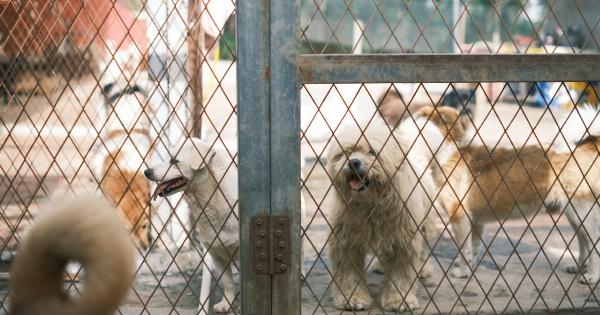Approaching unfamiliar dogs can be a risky endeavor. While some dogs may be friendly and enjoy meeting new people, others may become defensive or aggressive when approached by strangers.
It’s important to understand the dangers associated with approaching unfamiliar dogs to avoid potential harm to both yourself and the animal.
Dog Body Language
One of the key aspects of approaching unfamiliar dogs safely is being able to read their body language. Dogs tend to communicate their feelings and intentions through various signals.
Understanding these cues can help you determine whether the dog is comfortable or stressed, and whether it is safe to approach.
Some signs of stress or discomfort in a dog include:.
- Stiff body posture
- Tail held high or tucked between legs
- Growling or baring teeth
- Ears pinned back
- Wide, tense eyes
Approaching Dogs Safely
When encountering an unfamiliar dog, it’s important to approach with caution and respect their personal space. Follow these guidelines to reduce the risk of a negative encounter:.
- Always ask the owner’s permission: Before approaching a dog, seek permission from its owner. Not all dogs are comfortable with strangers, and the owner knows their pet’s temperament best.
- Allow the dog to approach you: Instead of approaching the dog directly, extend your hand calmly and let the dog come to you. This allows the dog to initiate contact without feeling threatened.
- Move slowly and avoid sudden gestures: Sudden movements can startle a dog and trigger an aggressive response. Approach slowly, avoiding any quick or jerky motions.
- Do not make direct eye contact: Direct eye contact can be interpreted as a challenge or threat by a dog. Instead, avoid staring and keep your gaze relaxed and soft.
- Respect personal space: Give the dog enough space to feel comfortable. Avoid invading their personal space, especially if the dog appears unsure or anxious.
- Avoid touching sensitive areas: When petting a dog, stick to areas they generally enjoy, like their chest or back. Avoid sensitive areas like their face, paws, tail, or belly, as they might respond negatively.
- Observe their behavior: Watch the dog’s body language for signs of discomfort or stress. If they display any concerning behaviors, such as growling or stiffening, it’s best to back away and give them space.
- Do not disturb dogs that are eating, sleeping, or caring for puppies: Dogs can be protective of their resources or young ones. Avoid approaching or disturbing them during these situations, as it may trigger an aggressive response.
- Teach children proper dog etiquette: Educate children about the dos and don’ts of approaching dogs. Children should never approach an unfamiliar dog without adult supervision and should learn to respect the dog’s boundaries.
- Do not approach dogs on leashes without permission: Dogs on leashes may feel more vulnerable and defensive. Always ask the owner’s permission before approaching a dog that is on a leash.
The Consequences of Approaching Unfamiliar Dogs Improperly
Approaching unfamiliar dogs without taking necessary precautions can lead to various unfortunate consequences:.
1. Dog bites and injuries:
If a dog feels threatened or scared, they may resort to biting as a means of self-defense. Dog bites can cause serious injuries, including puncture wounds, deep lacerations, and the risk of infection.
In some cases, victims may require medical attention or even surgery to treat these injuries.
2. Psychological trauma:
Being bitten or attacked by a dog can result in significant psychological trauma.
Victims may develop a fear of dogs or experience symptoms of post-traumatic stress disorder (PTSD), which can have a lasting impact on their daily lives and interactions with animals.
3. Aggravating existing health conditions:
Some individuals may have allergies or phobias relating to dogs. Approaching an unfamiliar dog without being aware of these conditions can lead to allergic reactions or severe anxiety attacks, compromising their overall well-being.
4. Emotional distress for the dog:
Unfamiliar dogs that are approached inappropriately may become fearful, anxious, or aggressive. This can result in emotional distress for the dog, exacerbating any existing behavioral issues they may already have.
It may also increase the likelihood of future negative encounters with other people or animals.
Additional Safety Tips
In addition to being cautious when approaching unfamiliar dogs, consider the following safety tips:.































